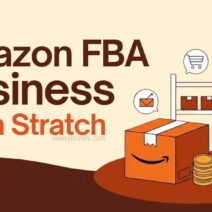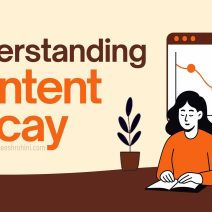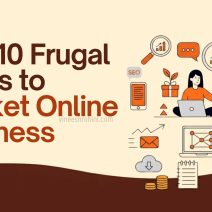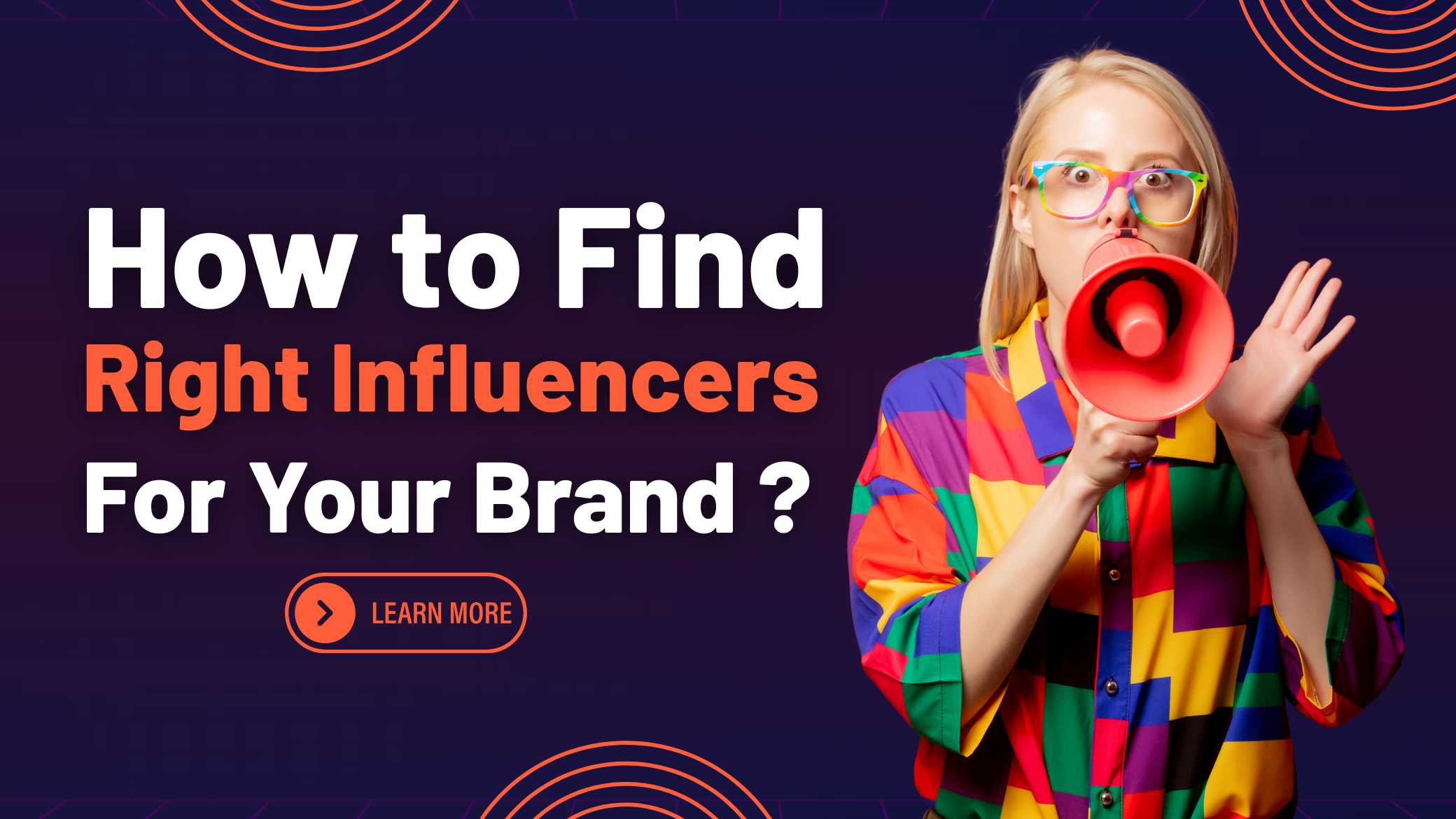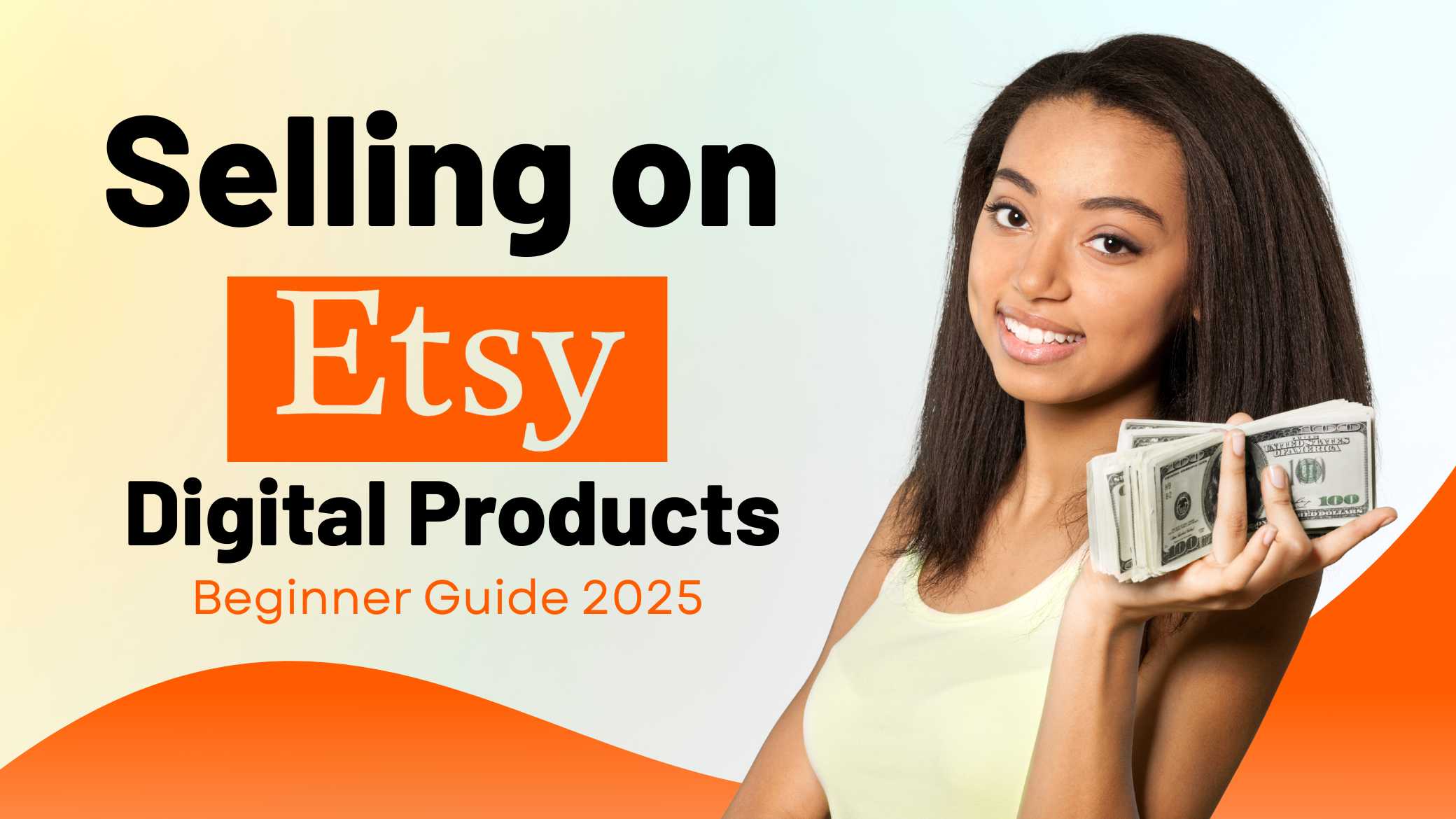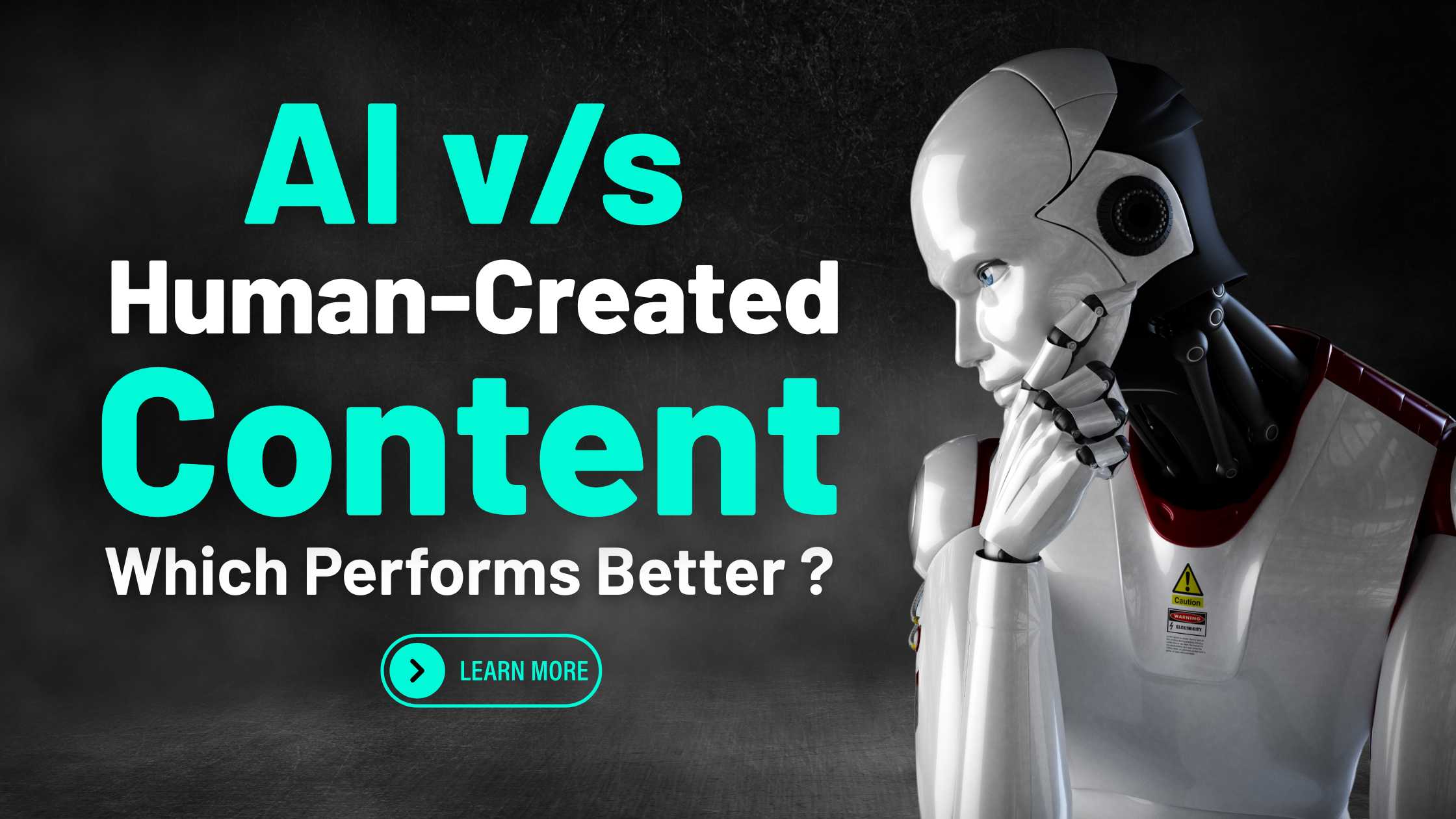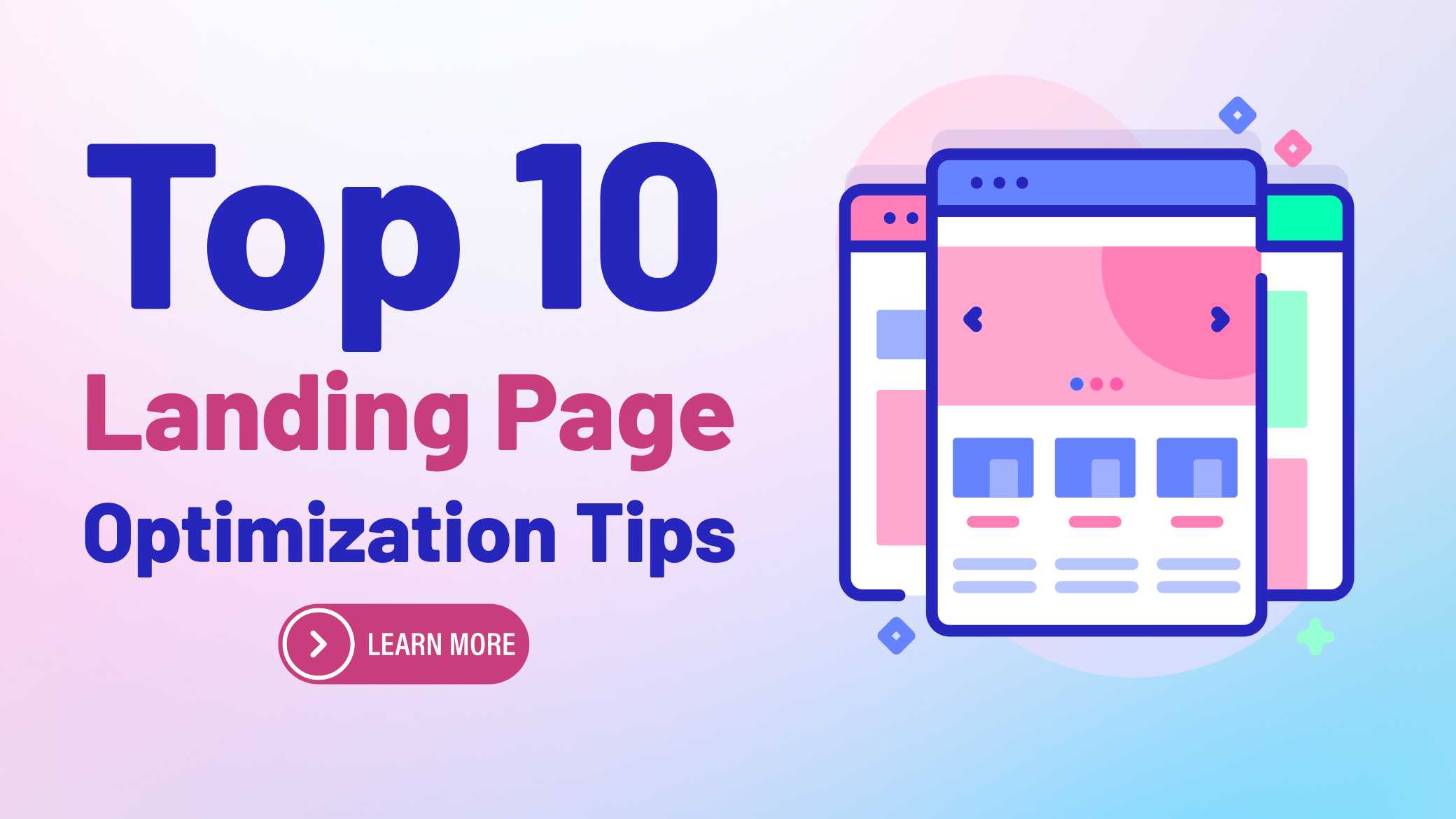Influencers for Your Brand : In 2025, influencer marketing continues to be one of the most effective tools for brand growth, consumer trust-building, and digital visibility. But while nearly every business wants to tap into this powerful marketing channel, the true key to success lies in finding the right influencers for your brand. Choosing influencers solely based on follower count or popularity is no longer effective. Today, it’s all about finding creators who align with your brand values, reach your target audience authentically, and produce high-engagement content that drives real business outcomes.
Table of Contents
This comprehensive guide explores how to identify, evaluate, and collaborate with influencers strategically, with a focus on high-reaching keywords and trends relevant to 2025.
Also Read : Image SEO – How to Optimize Visual Content
Understanding Influencer Marketing in 2025

Influencer marketing involves collaborating with content creators or online personalities who have influence over a specific audience. These influencers, whether on Instagram, YouTube, TikTok, LinkedIn, or blogs, are trusted by their followers. A well-executed influencer partnership can result in:
- Increased brand awareness
- Higher engagement and trust
- Greater website traffic and conversions
- Enhanced content strategy and reach
In 2025, influencer marketing has evolved beyond product placements. It’s about authentic storytelling, value-driven collaborations, and data-backed decisions.
Why Choosing the Right Influencer Matters More Than Ever
With the rise of AI-generated content, fake followers, and sponsored fatigue, consumers have become more discerning. Brands that succeed in influencer marketing focus on quality over quantity, engagement over reach, and authenticity over celebrity.
Benefits of working with the right influencer:
- Direct access to a niche and loyal audience
- High ROI with measurable results
- Builds brand trust through word-of-mouth-style endorsements
- Boosts SEO, social proof, and conversions
Step-by-Step Process to Find the Right Influencers
Step 1: Define Your Influencer Marketing Goals
Before you search for influencers, clarify your objectives. What do you want to achieve?
- Brand Awareness – Target macro or celebrity influencers for large-scale exposure
- Lead Generation – Focus on influencers who engage niche communities
- Sales Conversion – Collaborate with creators who can drive purchasing actions
- App Downloads/Sign-ups – Use unique discount codes or affiliate links
- Content Creation – Partner for user-generated content that you can reuse
Clear goals help determine which type of influencer, platform, and campaign strategy will best serve your business.
Step 2: Identify Your Target Audience
Understanding your customer is vital. Influencers should mirror or appeal to your buyer persona.
Create an audience profile:
- Age, gender, location
- Income level, occupation
- Hobbies, interests, values
- Preferred platforms (TikTok, Instagram, YouTube, etc.)
- Content preferences (video, images, blogs)
Example: If you’re a wellness brand targeting urban millennial women, your ideal influencer may be a yoga or self-care micro-influencer on Instagram or YouTube.
Step 3: Choose the Right Platform
The right influencer lives on the platform where your audience spends time.
| Platform | Best for | Content Type |
|---|---|---|
| Fashion, beauty, fitness, travel | Photos, Reels, Stories | |
| YouTube | Tutorials, reviews, vlogs, product demos | Long-form video |
| TikTok | Gen Z engagement, product virality | Short videos |
| B2B services, startups, entrepreneurship | Professional posts | |
| Blogs | SEO-driven content, product roundups | Written reviews |
| DIY, lifestyle, shopping inspiration | Visual boards |
Step 4: Understand Influencer Types
Influencers are categorized based on follower count and niche focus. In 2025, micro and nano influencers often deliver better ROI than mega influencers due to authenticity and engagement.
| Type | Follower Range | Ideal Use Case |
|---|---|---|
| Nano-Influencers | 1K–10K | Local reach, community engagement |
| Micro-Influencers | 10K–100K | Niche trust, moderate scale |
| Macro-Influencers | 100K–1M | National campaigns, fast reach |
| Mega-Influencers | 1M+ | Mass exposure, celebrity branding |
Step 5: Discover Potential Influencers
Influencer discovery tools in 2025 use AI and advanced filters to identify ideal creators. Top tools include:
- BuzzSumo – Content discovery and influencers by topic
- Upfluence – Search by keyword, audience size, location
- Heepsy – Database of Instagram and TikTok influencers
- Modash – Influencer analytics and fraud detection
- NinjaOutreach – Blogger and YouTuber outreach platform
Manual Search Tips:
- Search Instagram, TikTok, or LinkedIn using hashtags (e.g., #FitnessMotivation, #StartupTips)
- Explore comments under viral posts for community leaders
- Look at who your competitors collaborate with
- Use Google to find top blogs or YouTube channels in your niche
Step 6: Evaluate Influencer Fit and Authenticity

Don’t get fooled by big numbers. Evaluate influencers based on metrics that actually matter.
Key Criteria:
- Engagement Rate – 2–5% is healthy. More important than follower count.
- Audience Demographics – Does their audience match your target customer?
- Content Style and Frequency – Is their aesthetic aligned with your brand?
- Past Collaborations – Do they have experience with similar products?
- Authenticity – Do their captions sound real or overly promotional?
- Follower Quality – Avoid influencers with bot followers or fake engagement
Tools like HypeAuditor, Modash, or Phlanx can help analyze engagement and detect fraud.
Step 7: Reach Out to Influencers Professionally
Once you’ve shortlisted potential partners, craft a compelling pitch. Personalization is key.
Outreach Email Example:
Hi [Name],
I’m [Your Name] from [Brand Name], and we’re huge fans of your content, especially your recent post on [Topic]. Your audience and values align beautifully with our mission to [Brand Mission].
We’d love to collaborate with you on an upcoming campaign to promote [Product/Service]. We’re offering [Compensation/Free Product/Custom Deal] and would love to discuss details.
Let us know if you’re interested!
Best regards,
[Your Name]
Step 8: Discuss Deliverables and Negotiate
Be clear about what’s expected on both sides.
Essential Deliverables:
- Platforms to be used
- Number of posts, stories, or videos
- Specific hashtags, mentions, or brand guidelines
- Posting schedule
- Usage rights (for ads or repurposing content)
- Metrics to be reported post-campaign
Influencer compensation in 2025 includes:
- Flat fees
- Commission-based affiliate links
- Free products + exposure
- Performance bonuses (if targets are exceeded)
Always sign a written agreement or influencer contract to protect both parties.
Step 9: Track Performance and ROI
Measuring influencer impact is easier than ever with the right tools.
Track these KPIs:
- Engagement rate (likes, shares, comments)
- Reach and impressions
- Click-through rate (CTR)
- Sales via affiliate links or codes
- Follower growth
- Content quality and user response
Top Tracking Tools:
- Google Analytics (with UTM links)
- Shopify/Amazon dashboards
- Grin, Traackr, or CreatorIQ for large-scale influencer management
- Custom landing pages for influencer traffic
Influencer Red Flags to Avoid
- Low engagement despite high followers
- Inconsistent or controversial content
- Fake followers or likes
- No niche or audience clarity
- Unprofessional communication
- History of endorsing competitors or too many brands
Long-Term Collaboration Strategy
Instead of one-off promotions, consider building ambassador relationships. Long-term collaborations result in:
- Deeper trust with their audience
- Authentic content over time
- Better rates and mutual growth
- Stronger brand alignment
Offer influencers early product access, exclusive perks, and co-branded campaigns to build loyalty.
2025 Trends in Influencer Marketing
- AI Influencers: Virtual influencers with scripted personalities
- Live Shopping: Influencers driving real-time sales via live streams
- Voice & Podcast Influencers: Rising for B2B and thought leadership
- Multichannel Collaborations: YouTube + IG + TikTok combo packages
- Data-Driven Campaigns: ROI tracking becoming mandatory
- Niche Over Fame: Brands favor creators with loyal, tight-knit communities
Real-World Examples of Brand-Influencer Success
- Fenty Beauty – Collaborated with diverse micro-influencers on Instagram to build an inclusive beauty brand
- HelloFresh – Partnered with food YouTubers and Instagram chefs for unboxing and recipe content
- LinkedIn Learning – Used B2B micro-influencers on LinkedIn to promote courses
- Casper – Grew exponentially by using content creators for sleep routines and lifestyle storytelling
- Notion – Collaborated with productivity influencers and YouTubers to gain a cult following
Influencers for Your Brand – Conclusion:

Finding the right influencers for your brand in 2025 is not just about numbers—it’s about alignment, trust, and shared value. As audiences grow more selective and marketing becomes more data-driven, brands that prioritize authenticity, strategic targeting, and genuine relationships will outperform others.
Buy Now : SEO Mastery Detailed Course
Use tools, follow structured processes, avoid common traps, and measure everything. Whether you’re a startup or an established brand, influencer marketing can be your most valuable customer acquisition channel—when done right.
Disclaimer : This guide is intended for informational purposes only. All influencer marketing efforts should be supported by due diligence, legal contracts, and compliance with platform policies and regional advertising regulations.
Keywords : Influencers for Your Brand – Influencers for Your Brand 2025 – Influencers for Your Brand Guide
